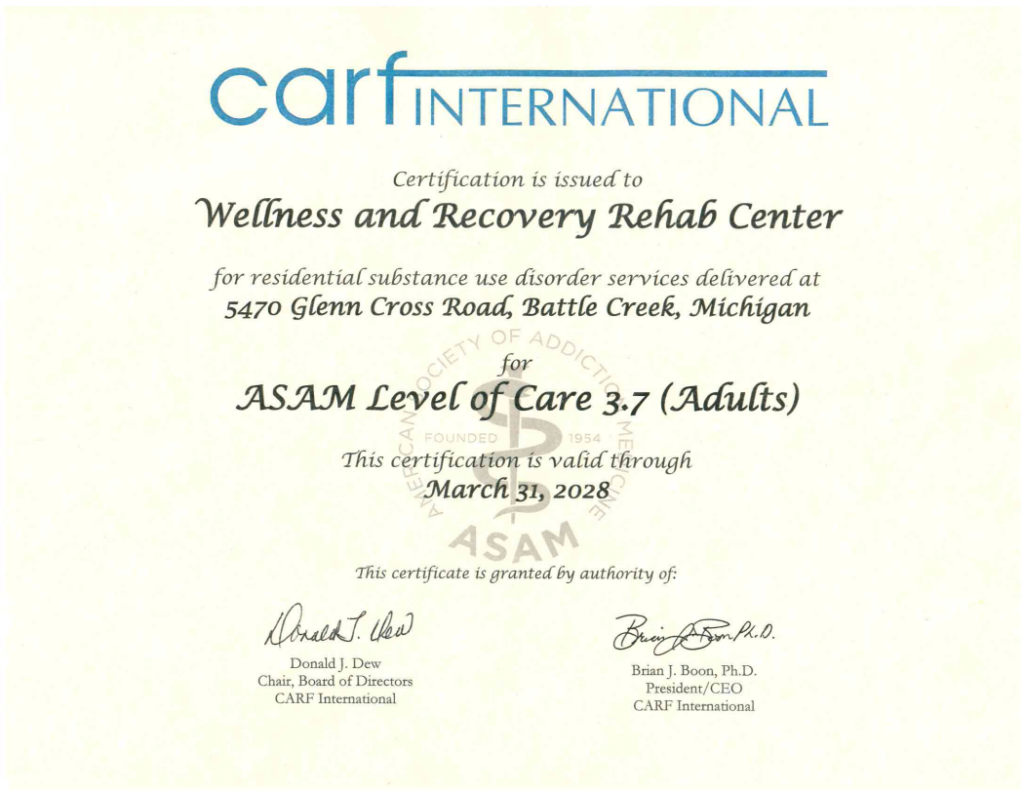Living with chronic pain can feel like being trapped in a body that refuses to cooperate. The ache isn’t just physical; it affects an individual’s energy, mood, and even your relationships.
Medication can temporarily mask pain, but without addressing the brain’s role in pain perception, the cycle continues.
That’s where cognitive behavioral therapy (CBT) comes in. CBT is a proven, science-backed approach that helps rewire the brain’s response to pain, giving people the tools to take back control of their lives.
Think of the brain as the control center for how people experience pain. The way that individuals think about pain – the inner monologue they may not even recognize – can actually heighten or lessen the individual’s discomfort.
Originally designed to help with anxiety and depression, CBT for chronic pain is a goal-oriented therapy that has become a game-changer for people living with ongoing pain. This therapy helps individuals change how their brain perceives and deals with pain.
When pain lingers, the brain can get stuck in a loop of catastrophizing, engaging in avoidance behaviors, and emotional distress. Over time, these thought patterns make pain feel even worse.
However, CBT for chronic pain teaches the brain a new way to handle pain by challenging negative thoughts, building resilience, and taking back control of an individual’s life.
The outcome? Less suffering, more resilience, and the freedom to enjoy life again.
A study published in American Psychologist revealed that patients who incorporated CBT for chronic pain into their treatment plan reported a noticeable drop in pain intensity and disability.
CBT for chronic pain helps build mental resilience by teaching the mind and body to respond to pain in safer, more effective ways.
Think of CBT for chronic pain as shifting from just surviving pain to actively managing it with tools that help reframe distressing thoughts, regulate emotions, and build resilience. CBT for chronic pain is not about ignoring pain – it’s about learning to work with your body and mind to reduce its grip on your life.
Instead of chasing the impossible goal of eliminating pain entirely, CBT for chronic pain helps individuals regain control over their lives.
When someone is in pain, it can be easy for them to get caught in a spiral of, “This will never get better,” or, “I can’t handle this.” CBT for chronic pain helps individuals recognize these exaggerated, negative thoughts and cognitive distortions, instead swapping them for more balanced, realistic perspectives.
By learning how to shift focus, stay present, and break the cycle of pain-related stress, individuals can boost their mental strength and reclaim their sense of well-being.
When it comes to managing chronic pain, research shows that CBT for chronic pain doesn’t only dial down discomfort; it also strengthens mental resilience, helping people feel more in control of their health.
Whether you’re navigating the emotional toll of persistent pain or looking for a way to break free from its grip, this mind-body approach is a game-changer.
For years, the go-to solution for chronic pain has only been medication – especially opioids.
However, as the opioid crisis has escalated, treatment centers and medical professionals are pushing for safer, more effective alternatives.
While pain medication offers relief, it’s crucial to acknowledge the less discussed side effects that can impact long-term health and well-being. Beyond addiction risks, these medications can lead to a range of unexpected complications, affecting everything from cognitive function to organ health.
The following describes some of the key downsides to pain medication:
For those that have been relying on medication to get through the day, you’re not alone. But here’s the truth: painkillers often come with risks—especially when used long-term.
CBT for chronic pain takes a completely different approach. It’s not about numbing the pain; it’s about teaching your brain and body to respond to it in a healthier way.
The following describes some of the key benefits to CBT for chronic pain:
By combining CBT for chronic pain alongside other strategies, we empower individuals who experience co-occurring pain issues alongside their mental health or substance use disorders to take an active role in their recovery, strengthen coping skills, and improve their overall well-being.
If you find yourself stuck in a pattern of “I can’t do anything anymore” or “This will never get better,” CBT for chronic pain can help you challenge those thoughts and replace them with more balanced, empowering perspectives.
This shift in mindset can open the door to activities you once thought were impossible.
Pain often leads to fear – fear of movement, fear of triggering a flare-up, or fear of losing independence. Avoiding activities may seem like the safest option, but it can actually make pain feel worse over time.
Through gradual exposure and structured goal-setting, CBT helps you rebuild confidence so you can reclaim the things you love – whether it’s walking your dog, playing with your kids, or simply getting through your day with less stress. Some reframing methods can look like this:
Did you know that stress can amplify your pain? Many people don’t realize the deep connection between emotional distress and physical symptoms, and stress is one of the most common ways that the body experiences intensified pain.
CBT helps you develop stress-management techniques – like deep breathing, mindfulness, and relaxation exercises – that can reduce tension and lessen the intensity of pain flare-ups.
Reframing thoughts can empower you to think like this:
At Wellness and Recovery, we understand that chronic pain doesn’t exist in isolation – it impacts mental health, potential substance use, daily routines, and overall well-being. That’s why our approach is holistic, individualized, and rooted in clinical expertise.
While we don’t provide standalone chronic pain treatment, we incorporate CBT for chronic pain into our broader partial hospitalization (PHP) and intensive outpatient (IOP) programs for individuals managing both pain and substance use disorder (SUD).
This evidence-based approach helps clients regain control and improve quality of life by addressing both physical and emotional aspects of pain.
At Wellness and Recovery, we focus on tailoring our treatment plans to each individual to focus on their specific needs and goals. We will often utilize CBT as an additional, complementary therapy to enhance healing.
As part of a comprehensive recovery plan, we integrate CBT for chronic pain with:
Enduring chronic pain can feel like a never-ending struggle against your own body, but chronic pain doesn’t have to call the shots in your life. There are real strategies that can help, and one of the most effective is CBT.
This powerful approach rewires the way your brain processes pain, helping you regain control, improve your mental well-being, and even reduce the need for medication.
Our expert clinicians specialize in CBT for chronic pain, offering personalized treatment plans designed to help you break free from the cycle of discomfort and frustration.
At Wellness and Recovery, we believe that pain management is about more than just short-term relief—it’s about empowering you with long-term strategies to reclaim your life.
You don’t have to let pain control your life. With the right tools, real relief is possible. Take the first step today – because you deserve to feel better.




